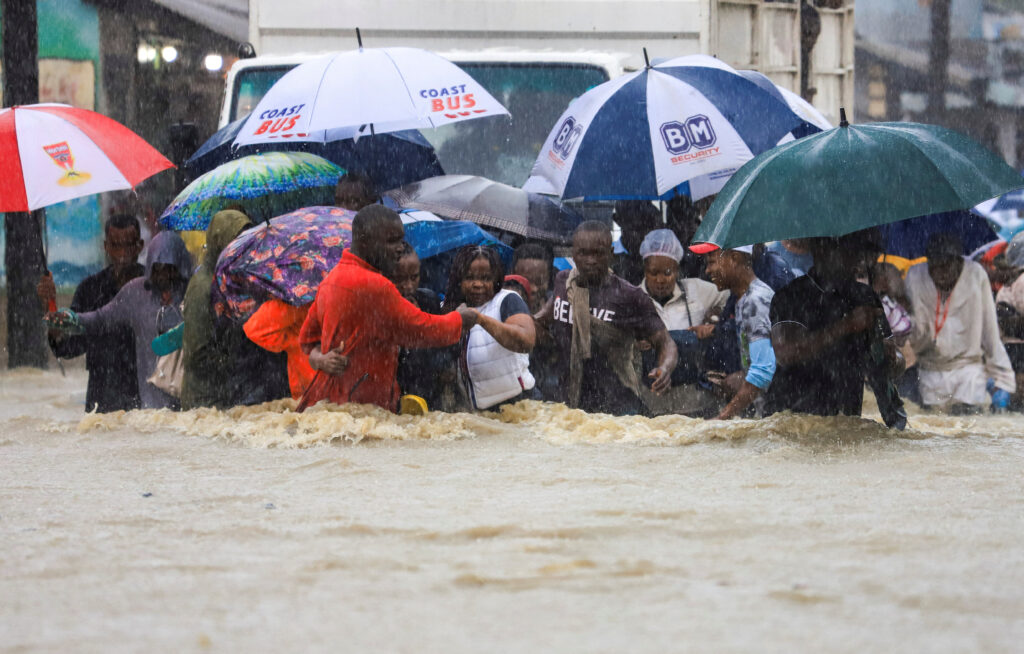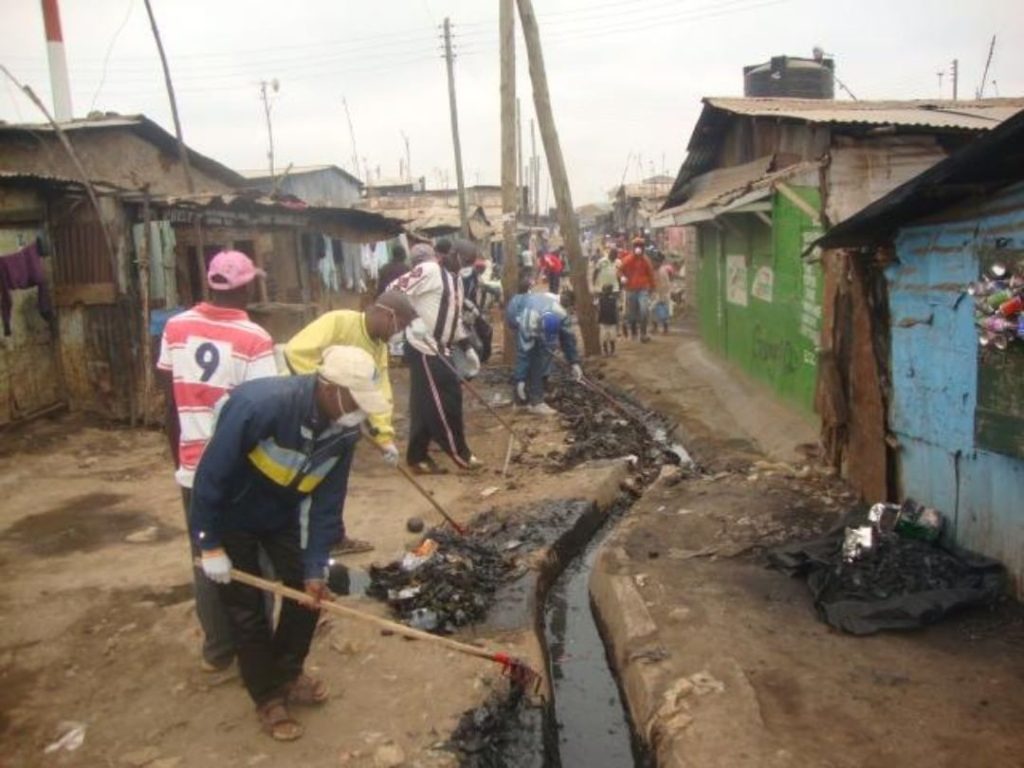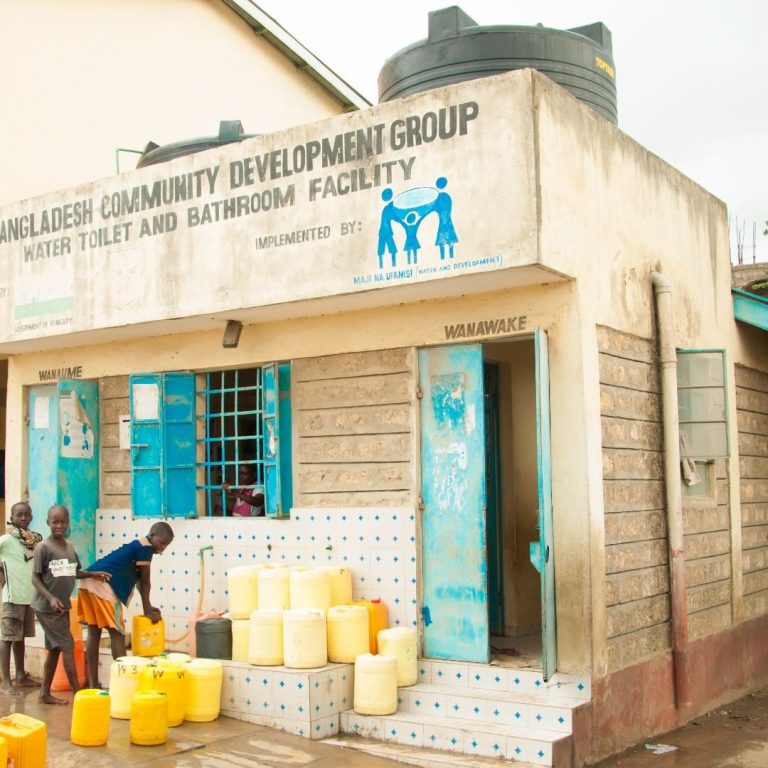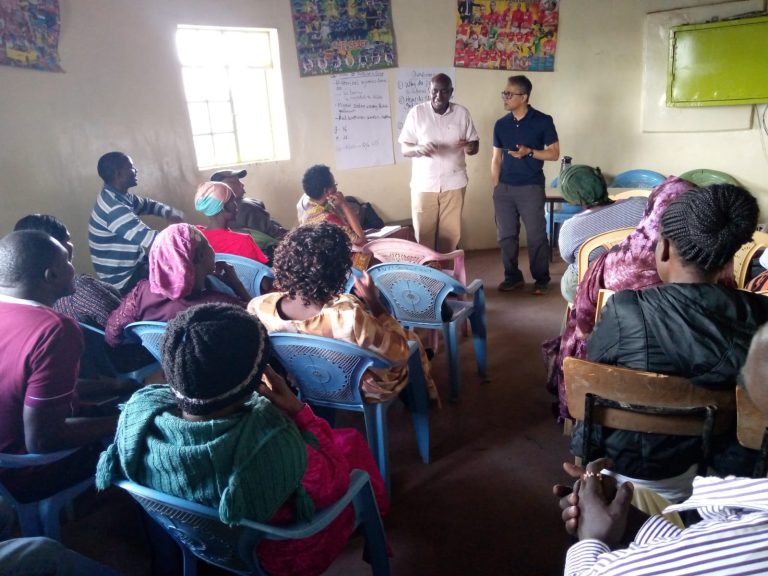If you’ve been following the news, you might have seen the devastating images of floods in Mombasa. Streets turned into rivers, homes submerged, and families displaced—all due to inadequate drainage systems.
In this article, we’ll delve into the causes of the recent floods in Mombasa, the impact on the residents, and how organizations like Maji na Ufanisi (MnU) are stepping in to provide sustainable solutions.
A Detailed Explanation of the Flooding Crisis in Mombasa
The Immediate Causes

Recent heavy rains, as predicted by the Kenya Meteorological Department, have led to widespread flooding in Mombasa. Areas like Kongowea, Likoni, and Nyali were particularly hard-hit, with roads submerged and homes inundated.
Underlying Issues
The flooding isn’t solely due to heavy rainfall. Mombasa’s aging drainage infrastructure, some of which dates back to the 1920s, is ill-equipped to handle the current volume of water. Poor waste disposal practices exacerbate the problem, with clogged drains preventing proper water flow.
Impact on Residents
The floods have had a devastating impact on the residents. Businesses have been forced to close, transportation has been disrupted, and many families have been displaced from their homes. The situation has also led to health concerns, with the risk of waterborne diseases increasing due to stagnant water and sewage overflows.

Government Response
The County Government of Mombasa has acknowledged the severity of the situation. Efforts are underway to improve the drainage systems, including the construction of new drainage channels and the unclogging of existing ones. However, these measures are reactive rather than proactive, highlighting the need for long-term solutions.
The Role of Climate Change
Climate change plays a significant role in the increasing frequency and severity of floods in Mombasa. Rising sea levels and unpredictable weather patterns contribute to the city’s vulnerability. Without significant intervention, these issues are likely to worsen in the coming years.
Maji na Ufanisi’s Efforts in Flood Prevention
Maji na Ufanisi (MnU) has been at the forefront of addressing water and sanitation issues in Kenya. In Mombasa, MnU has implemented several initiatives aimed at mitigating the effects of flooding and improving the city’s resilience to climate change.
Community-Based Drainage Projects
MnU has worked closely with local communities to identify and address drainage issues. By involving residents in the planning and implementation of drainage projects, MnU ensures that the solutions are sustainable and tailored to the specific needs of each area.
Youth Engagement
Recognizing the importance of engaging the youth, MnU has launched programs that train young people in water and sanitation management. These programs not only provide employment opportunities but also empower the youth to take an active role in improving their communities.

Advocacy and Policy Influence
MnU actively engages with policymakers to advocate for better water and sanitation policies. By presenting evidence-based research and highlighting the challenges faced by residents, MnU influences policy decisions that lead to improved infrastructure and services.
The recent floods in Mombasa have highlighted the urgent need for improved drainage systems and proactive measures to address climate change. While the government has taken steps to mitigate the effects, organizations like Maji na Ufanisi play a crucial role in providing sustainable solutions and empowering communities.
FAQs
- What caused the recent floods in Mombasa?
Heavy rainfall combined with inadequate drainage systems led to widespread flooding.
- Which areas were most affected by the floods?
Areas like Kongowea, Likoni, and Nyali experienced severe flooding.
- What is Maji na Ufanisi doing to help?
MnU is implementing community-based drainage projects, engaging youth, and advocating for better policies.
- How can residents contribute to flood prevention?
Proper waste disposal and participation in community initiatives can help improve drainage systems.
- Is climate change affecting Mombasa’s flooding?
Yes, rising sea levels and unpredictable weather patterns contribute to increased flooding.
- What long-term solutions are being considered?
Upgrading drainage infrastructure and implementing sustainable urban planning are key long-term solutions
- How can I support MnU’s efforts?
Donations and volunteering are great ways to support MnU’s initiatives.
- Are there any government initiatives to address flooding?
The County Government of Mombasa is working on improving drainage systems and infrastructure
- What health risks are associated with flooding?
Flooding can lead to waterborne diseases due to contaminated water sources.
- Where can I get more information about MnU’s projects?
Visit MnU’s official website for detailed information on their initiatives.



